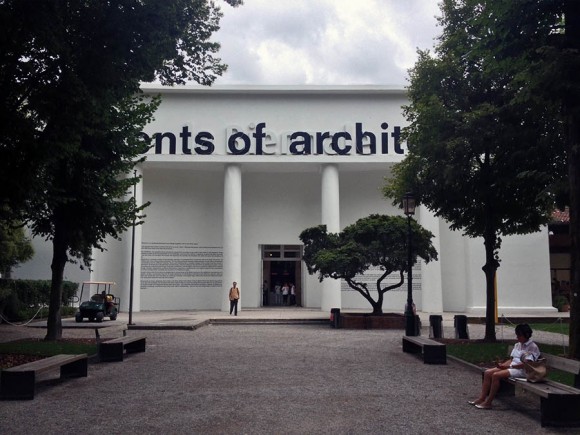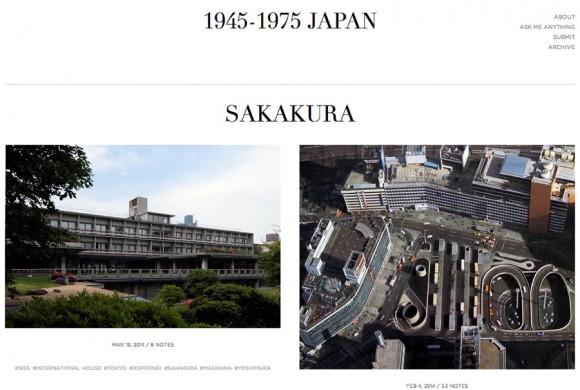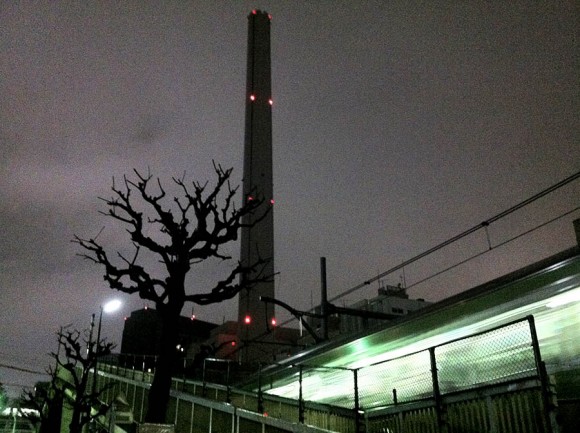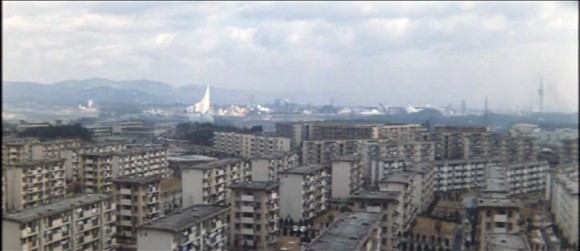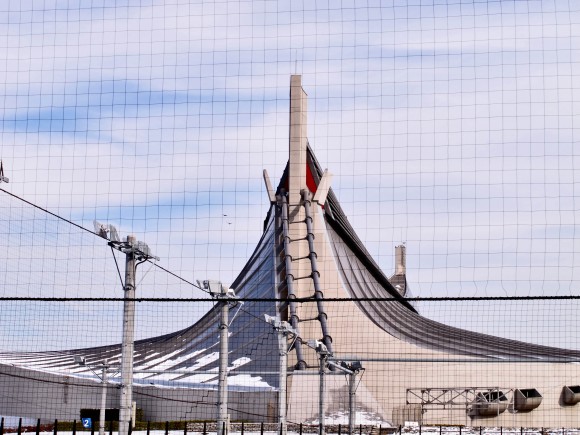I had a major blast visiting the Architecture Biennale in Venice this year. Although we had a little less than two days, we managed to see most of the main national pavilions, some of the other countries’ contributions as well as the Monditalia exhibition at the Arsenale.
Main Biennale pavilion
